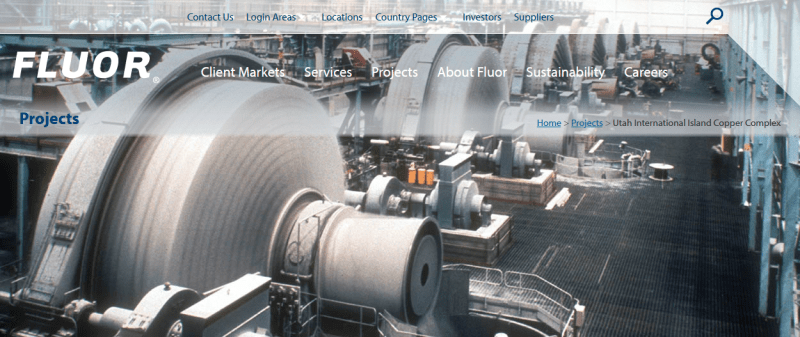-
1
- #1
Good day engineers, not sure if you use ETAP,
I am investigating the effect of starting a 3,3kV, 600kW ball mill for a gold mine.I am doing a dynamic motor starting study as we want to see the effect it has on the generator terminals.
ETAP has different load models that represent compressors, fans etc.These models are in the form a polynomial equation which is a function of Torque and Slip.I am not sure which load option to select (see pic) to represent the ball mill motor.Can anyone assist ?
See link for ETAP image
I am investigating the effect of starting a 3,3kV, 600kW ball mill for a gold mine.I am doing a dynamic motor starting study as we want to see the effect it has on the generator terminals.
ETAP has different load models that represent compressors, fans etc.These models are in the form a polynomial equation which is a function of Torque and Slip.I am not sure which load option to select (see pic) to represent the ball mill motor.Can anyone assist ?
See link for ETAP image

